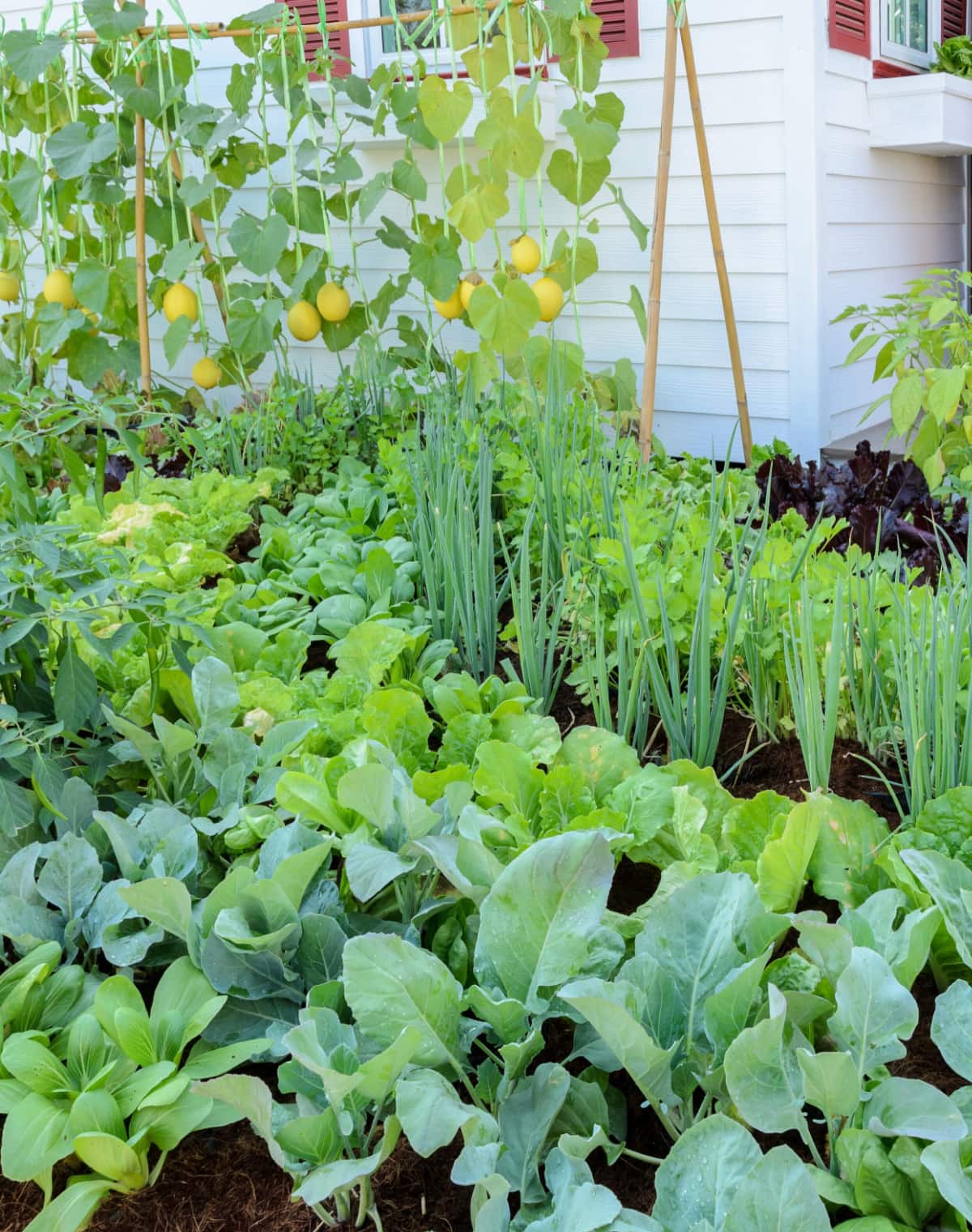Your cart is currently empty!

Tips For Planting a Vegetable Garden

It’s no secret that growing your own vegetables is one of the most satisfying and rewarding gardening experiences you can have. But it can also be a challenge.
The first step is to determine where you want your garden. It should be a sunny spot with enough room for your veggies to grow and root.
Preparing the Soil
To grow a productive vegetable garden, the soil must be well suited to its needs. You can test the soil to determine its type (sandy, silty or clay) and its pH, and you can add amendments to improve it if needed.
Soil texture, the amount and distribution of pore spaces, is another important factor in a garden’s success. Plants need a mix of small and large pore spaces to absorb nutrients and hold water.
Organic matter is a good way to increase pore space. It holds moisture and nutrients, improves drainage, and provides food for beneficial soil organisms like earthworms and bacteria.
Adding compost and organic fertilizer to bare soil is an easy, inexpensive way to turn poor soil into rich growing conditions. Typically, you’ll need 1-3″ of compost and a heavy dusting of organic fertilizer for each square foot of vegetable garden soil.
Planting Seeds
Starting vegetables from seeds is an inexpensive and fun way to try out new veggies. It’s also a good way to get some heirloom varieties or cultivars you can’t buy at the nursery, such as radishes, lettuce, peas, and carrots.
Seeds require consistent moisture to germinate, so a good spot for your vegetable garden is close to a water source (like a garden hose hook-up or rain barrel). Then keep the soil consistently moist.
Check the seed packet for the proper planting depth and spacing. Smaller seeds can be sown directly onto the soil without digging, while larger seeds require a slightly deeper soil mix.
If you want a tidy, neat garden, plant your seeds in straight rows; don’t scatter them widely. This helps you identify the vegetables from weeds and keeps weeds down between rows.
For best results, plant your seeds in a soilless mix, which is usually made up of peat moss or coco coir and perlite, plus fertilizer. This mixture is also known as peatless potting soil and has excellent drainage and low disease rates.
Watering
Water is a vital component of vegetable garden growth. It promotes yield and fruit size, prevents disease, and maintains quality.
The amount of water a vegetable garden needs varies depending on the type of vegetables grown and the climate in which it’s located. For example, squash and melons require more water than lettuce or herbs.
Vegetables also wilt more in hot weather than in cool weather. In this case, you should water early in the morning to avoid wasting precious water and risking foliar disease.
Watering your vegetables by hand is the best way to ensure they receive sufficient water. It’s best to water slowly, directing the stream at the base of each plant rather than spraying it over the leaves. This ensures that water penetrates deep into the soil and hydrates the roots as efficiently as possible. It also helps to discourage weeds and prevents disease from forming on the leaves.
Pruning
Pruning is one of the best ways to keep your garden looking healthy and beautiful. It’s also an important skill that can be learned.
Plants need to be pruned regularly, or else they’ll become overgrown and start taking over the space in your garden. This is especially true of plants that need plenty of sunlight, like tomatoes and cucumbers.
To prune a vegetable, all you need is a sharp pair of pruning shears and an eye for the right spots to cut. Snipping unwanted parts is an easy way to improve a plant’s overall growth, increase fruit and vegetable yield, and prevent disease.
Most vegetables can benefit from regular pruning, but certain ones need special care to ensure success. For example, removing dead leaves from squash helps prevent powdery mildew, and pinching off flowers from pepper plants can make them focus on existing fruits.
by
Tags: